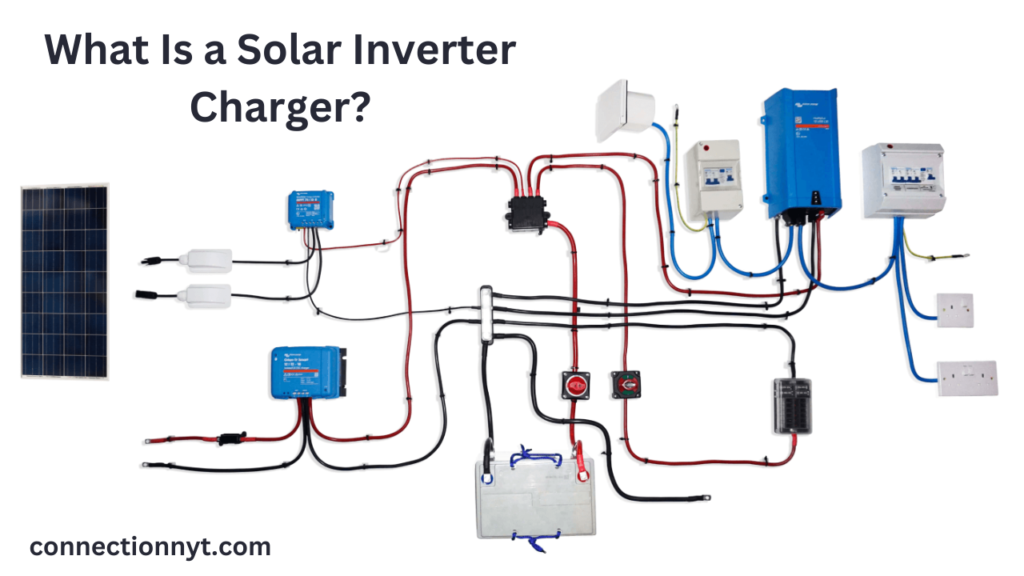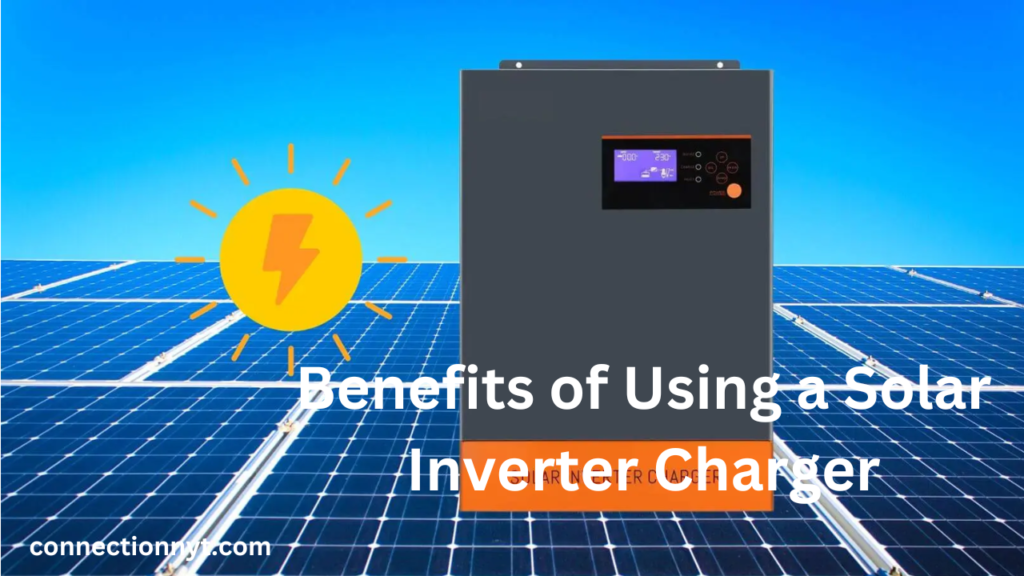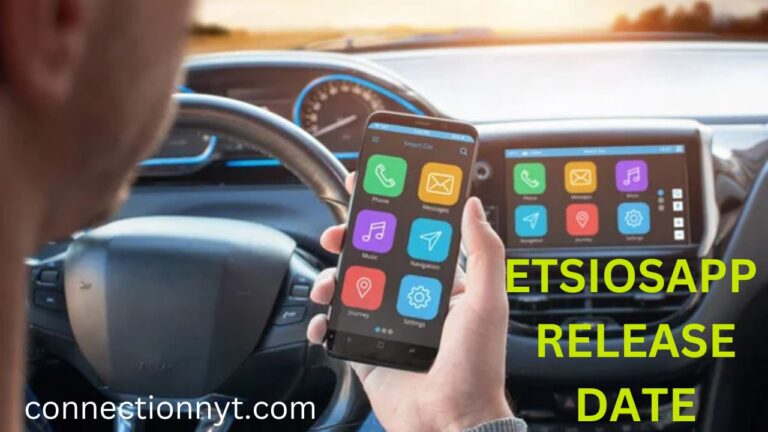The Ultimate Guide to Solar Inverter Chargers: Everything You Need to Know
Table of Contents
As the world shifts towards more sustainable energy sources, solar power stands out as a leading solution. Among the key components of a solar power system, solar inverter chargers play a crucial role in ensuring that solar energy is converted and utilized efficiently. In this comprehensive guide, we’ll explore everything you need to know about solar inverter chargers, including their functions, types, benefits, and how to choose the right one for your needs.
What Is a Solar Inverter Charger?

A solar inverter charger is a device that combines the functions of an inverter and a battery charger into one unit. It converts the direct current (DC) electricity produced by solar panels into alternating current (AC) electricity that can be used by household appliances. Additionally, it charges the batteries that store excess solar energy for use when sunlight is not available.
Functions of a Solar Inverter Charger
- DC to AC Conversion: Solar panels produce DC electricity, which is not suitable for most household appliances that require AC. The inverter portion of the solar inverter charger converts this DC electricity into AC electricity.
- Battery Charging: When the solar panels generate more electricity than is needed, the excess power is used to charge batteries. The solar inverter charger manages this charging process, ensuring the batteries are charged efficiently and safely.
- Power Management: Solar inverter chargers often come with integrated power management systems that help optimize energy usage, balance loads, and prevent overcharging or deep discharging of the batteries.
- Energy Storage: By charging batteries, solar inverter chargers enable energy storage, which ensures a continuous power supply even when solar production is low, such as during cloudy days or at night.
Types of Solar Inverter Chargers
Solar inverter chargers come in various types, each suited to different needs and applications. The main types are:
- Grid-Tied Inverter Chargers:
- Description: These are designed to work in conjunction with the utility grid. They allow excess solar energy to be fed back into the grid, often earning credits or payments from utility companies.
- Pros: Can reduce electricity bills significantly; often includes net metering benefits.
- Cons: Generally do not provide backup power during grid outages.
- Off-Grid Inverter Chargers:
- Description: These are used in systems that are not connected to the utility grid. They rely solely on solar panels and battery storage for power.
- Pros: Ideal for remote locations; provides complete energy independence.
- Cons: Requires a larger battery bank and may be more expensive due to the need for energy storage.
- Hybrid Inverter Chargers:
- Description: These versatile devices can operate both on and off the grid. They can switch between using grid power and solar power, and provide backup power in case of outages.
- Pros: Flexibility to operate in various scenarios; offers backup power during outages.
- Cons: Typically more expensive than purely grid-tied or off-grid systems.
Benefits of Using a Solar Inverter Charger

Solar inverter chargers offer numerous benefits that make them an attractive option for both residential and commercial solar power systems:
- Increased Efficiency: By combining the functions of an inverter and a battery charger, solar inverter chargers streamline the energy conversion and storage processes, improving overall system efficiency.
- Cost Savings: Solar inverter chargers can reduce the need for multiple devices, lowering both initial investment costs and ongoing maintenance expenses.
- Enhanced Reliability: With integrated power management features, solar inverter chargers can ensure stable power delivery and protect against issues like overcharging or battery depletion.
- Backup Power: For off-grid or hybrid systems, having a solar inverter charger means you have a reliable source of backup power during outages, ensuring continuous electricity supply.
- Environmental Benefits: By using solar power, you reduce reliance on fossil fuels and lower your carbon footprint, contributing to a more sustainable and eco-friendly energy future.
How to Choose the Right Solar Inverter Charger
Selecting the right solar inverter charger for your needs involves several considerations:
- System Size and Capacity:
- Considerations: The size of your solar power system and the capacity of your battery bank will determine the type and size of the inverter charger you need.
- Recommendations: Ensure that the inverter charger can handle the maximum output of your solar panels and is compatible with your battery capacity.
- Type of System:
- Grid-Tied, Off-Grid, or Hybrid: Determine whether you need a grid-tied, off-grid, or hybrid system based on your location, energy needs, and whether you want backup power capabilities.
- Efficiency and Performance:
- Considerations: Look for inverter chargers with high efficiency ratings and reliable performance to ensure optimal energy conversion and storage.
- Recommendations: Check for features like high conversion efficiency, low standby power consumption, and robust performance in varying conditions.
- Battery Compatibility:
- Considerations: Ensure that the inverter charger is compatible with the type and voltage of your batteries.
- Recommendations: Verify compatibility with lithium-ion, lead-acid, or other battery types and check for features like battery temperature compensation and charging profiles.
- Brand and Warranty:
- Considerations: Choose a reputable brand known for quality and reliability. A good warranty can provide peace of mind and protection for your investment.
- Recommendations: Look for brands with positive reviews, strong customer support, and comprehensive warranty options.
- Additional Features:
- Considerations: Some solar inverter chargers come with advanced features like remote monitoring, smart grid compatibility, and integrated safety features.
- Recommendations: Consider these additional features based on your preferences and the specific needs of your solar power system.
Installation and Maintenance of Solar Inverter Chargers

Proper installation and maintenance are crucial for ensuring the optimal performance and longevity of your solar inverter charger.
- Installation:
- Professional Installation: It is highly recommended to have your solar inverter charger installed by a professional to ensure proper setup and compliance with local regulations.
- Location: Choose a location for the inverter charger that is well-ventilated and protected from extreme weather conditions.
- Maintenance:
- Regular Checks: Perform regular inspections of your solar inverter charger to ensure it is functioning correctly. Check for any signs of damage, wear, or issues with the connections.
- Cleaning: Keep the unit clean and free from dust or debris that could affect its performance. Follow the manufacturer’s recommendations for cleaning and maintenance.
Common Issues and Troubleshooting
Even with regular maintenance, you might encounter some common issues with your solar inverter charger. Here are a few troubleshooting tips:
- System Not Powering On:
- Possible Causes: Check for tripped circuit breakers, disconnected wires, or a malfunctioning inverter charger.
- Solutions: Reset the circuit breakers, inspect connections, and consult the manufacturer’s troubleshooting guide if necessary.
- Low or No Battery Charge:
- Possible Causes: This could be due to a malfunctioning charger, incorrect settings, or issues with the batteries.
- Solutions: Verify the settings, inspect the charger and batteries for issues, and ensure proper connections.
- Reduced Performance:
- Possible Causes: Issues with the inverter charger’s efficiency, panel shading, or environmental factors could impact performance.
- Solutions: Check for obstructions on solar panels, clean the panels, and ensure the inverter charger is operating within its optimal range.
Future Trends in Solar Inverter Chargers
As technology continues to advance, several trends are shaping the future of solar inverter chargers:
- Integration with Smart Grids:
- Trend: Increased integration with smart grids and home energy management systems to optimize energy usage and enhance grid stability.
- Improved Battery Technologies:
- Trend: Advancements in battery technologies, such as solid-state batteries, are expected to improve energy storage efficiency and safety.
- Enhanced Monitoring and Control:
- Trend: Advanced monitoring and control features, including smartphone apps and remote diagnostics, will provide users with more control over their solar power systems.
- Increased Efficiency:
- Trend: Ongoing research and development will focus on improving the efficiency and performance of solar inverter chargers, leading to more effective energy conversion and storage.
Conclusion
Solar inverter chargers are essential components of modern solar power systems, offering a range of benefits from efficient energy conversion to reliable backup power. By understanding the functions, types, benefits, and considerations involved in choosing and maintaining a solar inverter charger, you can make an informed decision that best suits your energy needs and contributes to a more sustainable future.
Whether you’re considering a grid-tied, off-grid, or hybrid solar power system, investing in a high-quality solar inverter charger can enhance the performance and reliability of your solar energy setup. Stay informed about the latest trends and advancements in technology to make the most of your solar investment and continue to benefit from clean, renewable energy.
For further guidance or specific product recommendations, consult with a solar energy professional to tailor a solution that meets your unique requirements and helps you achieve your energy goals.






